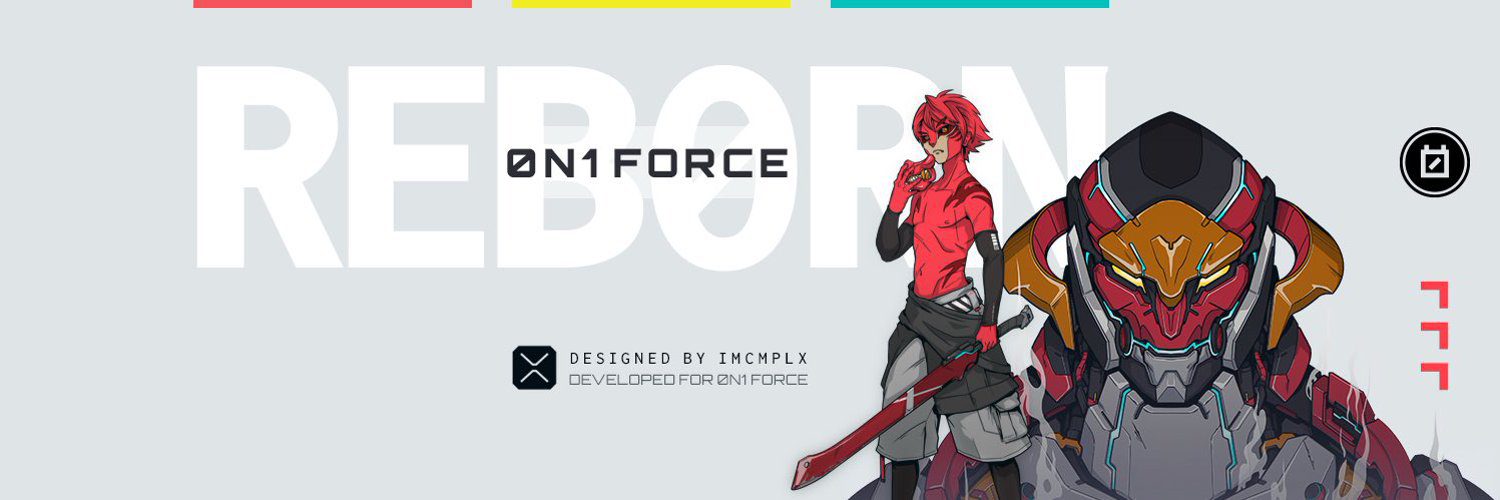What is Web 3.0? From Semantic Web to Blockchain, learn about the evolving technology behind the future of the Internet – YP

[gpt3]rewrite
If you’ve been following technology news, you may have heard the term “Web 3.0”. But what is it really?
Let’s start with the basics. The Internet as we know it today – with its websites, social media platforms and search engines – is often referred to as Web 2.0.
But Web 3.0 is believed to be the next generation of the internet. The technology for this is still in development, but supporters believe it will be more intelligent, connected and decentralized than Web 2.0.
A key concept behind Web 3.0 is the semantic web. This refers to the idea that content on the internet should be structured and labeled in a way that makes it easier for machines to understand it.
For example, if you search for “apple” on Google, you may get results for the fruit, the technology company or the record label. In a semantic web, the search engine will be able to determine the meaning and context of your search. So it would be able to deduce which “apple” you are looking for and provide more accurate results.
But the technology that supports Web 3.0 goes beyond mere semantics.
For example, machine learning – a form of artificial intelligence (AI) that uses data and algorithms to copy how humans “learn” and gradually improve – is essential to making the internet smarter and more personal.
Explainer: What are NFTs? Why are they important to artists?
Another important technology is blockchain, an advanced way of storing data securely. It can enable applications and transactions that are decentralized, meaning no single group or person controls it and there is no need for intermediaries. If more of our data can be stored on the blockchain, the Semantic Web can access it to provide optimized search results and other services.
So what will Web 3.0 actually look like? An example could be customized search engines. After you enter your search query, a Web 3.0-powered search engine can analyze your search history, social media and other data to provide the most useful results. Another example of Web 3.0 in action is a decentralized marketplace, where you can buy and sell goods and services without relying on a central authority like Carousell or HKTV Mall.
One technology that will depend heavily on the development of Web 3.0 is the metaverse – a term for a virtual world where people can interact with each other and with digital objects. Think of it as a massively multiplayer online game. Some people believe that the metaverse will be powered by Web 3.0 and that it could provide a new way for people to socialize, work and play.
Some believe that the metaverse will become part of our everyday lives. Photo: Shutterstock
Web 3.0 is still a work in progress, but it has the potential to revolutionize the internet. Whether you’re excited about the metaverse, skeptical of the new technology, or somewhere in between, it’s worth keeping an eye on Web 3.0 as it continues to evolve.
For those interested in coding, artificial intelligence, or simply wanting to learn more about how the latest technology is shaping our world, there are endless opportunities to get involved in the Web 3.0 community.
For example, Preface is a technology training company that offers free workshops and learning experiences for children of all ages. Register to start building your own Web 3.0 project. Who knows? You could become Hong Kong’s next great innovator.
Content provided by
[gpt3]























